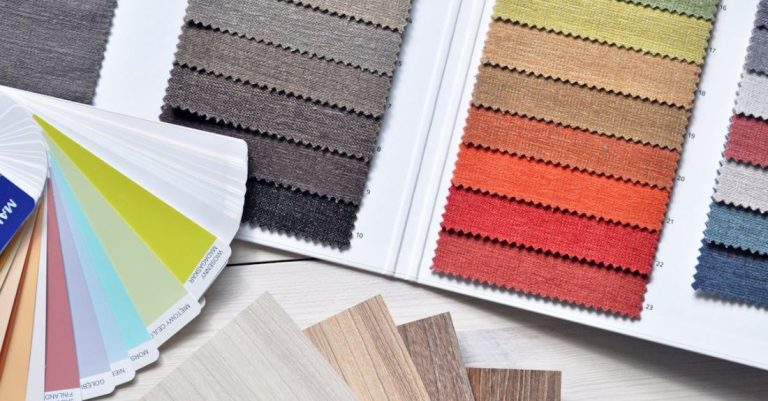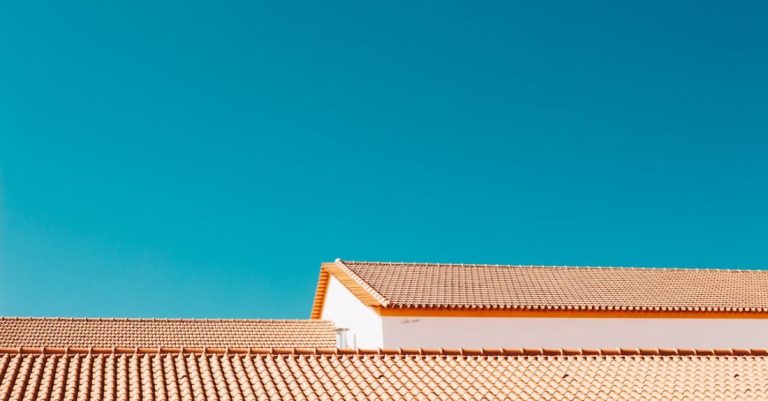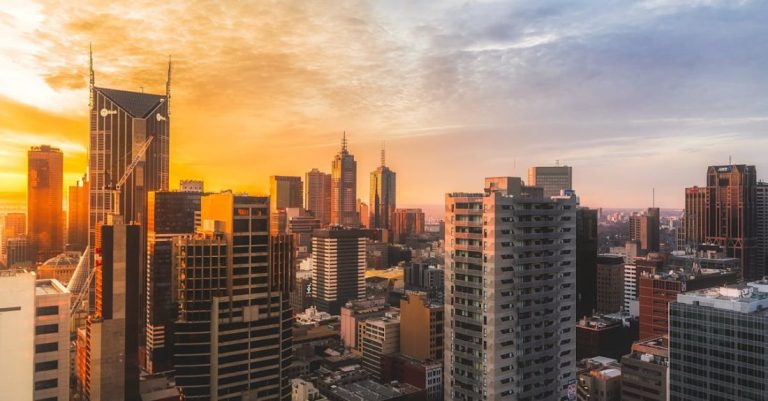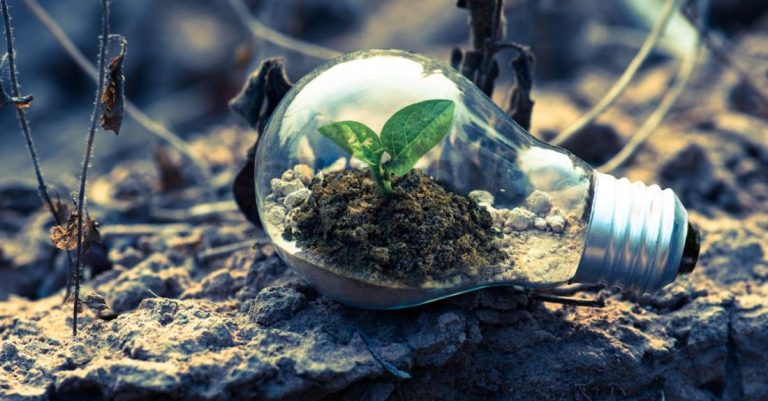
Water conservation in green buildings is a critical aspect of sustainable design and construction. As the world faces increasing water scarcity and environmental challenges, it is more important than ever to implement best practices for water conservation in the built environment. Green buildings are designed to minimize their impact on the environment, and water conservation is a key component of this approach. By adopting water-saving strategies and technologies, green buildings can reduce water consumption, lower utility costs, and contribute to a more sustainable future.
Importance of Water Conservation in Green Buildings
Water is a precious resource that is essential for life, yet it is often taken for granted. In green buildings, water conservation is crucial for reducing the strain on local water supplies and minimizing the energy required for water treatment and distribution. By implementing water-saving measures, green buildings can help to protect natural ecosystems, reduce pollution, and support the well-being of communities. Additionally, water conservation in green buildings can lead to cost savings through reduced water bills and lower maintenance expenses.
Efficient Plumbing Fixtures
One of the most effective ways to conserve water in green buildings is by installing efficient plumbing fixtures. Low-flow toilets, faucets, and showerheads use significantly less water than traditional fixtures while maintaining performance and comfort. By replacing older fixtures with water-efficient models, green buildings can achieve substantial water savings without sacrificing convenience. Additionally, dual-flush toilets and sensor-activated faucets can further enhance water efficiency and reduce waste.
Rainwater Harvesting Systems
Rainwater harvesting is a sustainable practice that captures and stores rainwater for non-potable uses such as irrigation, toilet flushing, and cooling systems. In green buildings, rainwater harvesting systems can help to reduce reliance on municipal water sources and offset water demand for landscape irrigation. By collecting rainwater from roofs and other surfaces, green buildings can utilize a free and abundant water source while minimizing runoff and erosion. Rainwater harvesting systems can be integrated into green building designs to maximize water conservation benefits.
Greywater Recycling
Greywater recycling involves treating and reusing wastewater from sinks, showers, and laundry for non-potable purposes. By recycling greywater in green buildings, water that would otherwise be wasted can be repurposed for activities like irrigation, toilet flushing, and laundry. Greywater recycling systems can be designed to filter and disinfect wastewater to meet quality standards for reuse. By incorporating greywater recycling into green building projects, water consumption can be significantly reduced, promoting sustainability and resource efficiency.
Drought-Tolerant Landscaping
In green buildings, landscaping plays a crucial role in water conservation efforts. Drought-tolerant plants, native species, and efficient irrigation systems can help to minimize water usage for outdoor landscaping. By selecting plants that are well-suited to the local climate and soil conditions, green buildings can reduce the need for supplemental watering and maintenance. Additionally, drip irrigation systems and soil moisture sensors can optimize water distribution in landscaping, ensuring that plants receive the right amount of water without waste.
Monitoring and Optimization
Monitoring water usage is essential for evaluating the effectiveness of water conservation measures in green buildings. By tracking water consumption data and identifying trends, building managers can identify opportunities for improvement and optimize water-saving strategies. Implementing water metering systems, leak detection technologies, and real-time monitoring tools can help to identify inefficiencies and address issues promptly. By continuously monitoring and optimizing water use, green buildings can achieve long-term water savings and enhance sustainability performance.
Incorporating Water Conservation into Green Building Design
Water conservation should be a fundamental consideration in the design and construction of green buildings. Architects, engineers, and developers can collaborate to integrate water-saving features and technologies into building plans from the outset. By incorporating efficient plumbing fixtures, rainwater harvesting systems, greywater recycling, and drought-tolerant landscaping, green buildings can maximize water conservation benefits and minimize environmental impact. Through thoughtful design and strategic implementation, green buildings can serve as models of sustainability and inspire positive change in the built environment.
Embracing Water Conservation in Green Buildings
Water conservation in green buildings is a multifaceted endeavor that requires a holistic approach to design, construction, and operation. By adopting best practices for water conservation, green buildings can enhance resource efficiency, reduce environmental impact, and promote a more sustainable future. Through the implementation of efficient plumbing fixtures, rainwater harvesting systems, greywater recycling, drought-tolerant landscaping, and monitoring and optimization strategies, green buildings can lead the way in water sustainability. By embracing water conservation as a core principle, green buildings can demonstrate the potential for positive change and inspire others to follow suit in creating a more water-conscious built environment.





